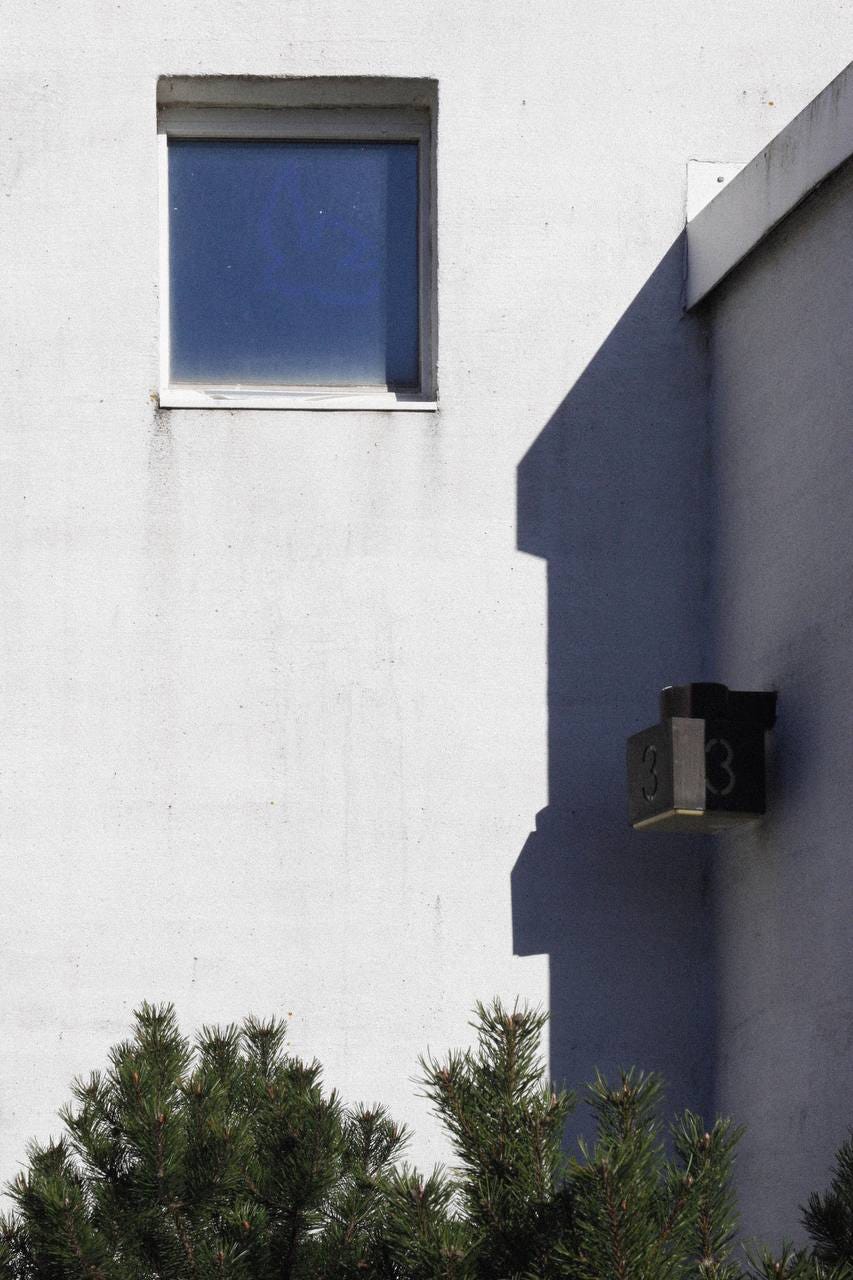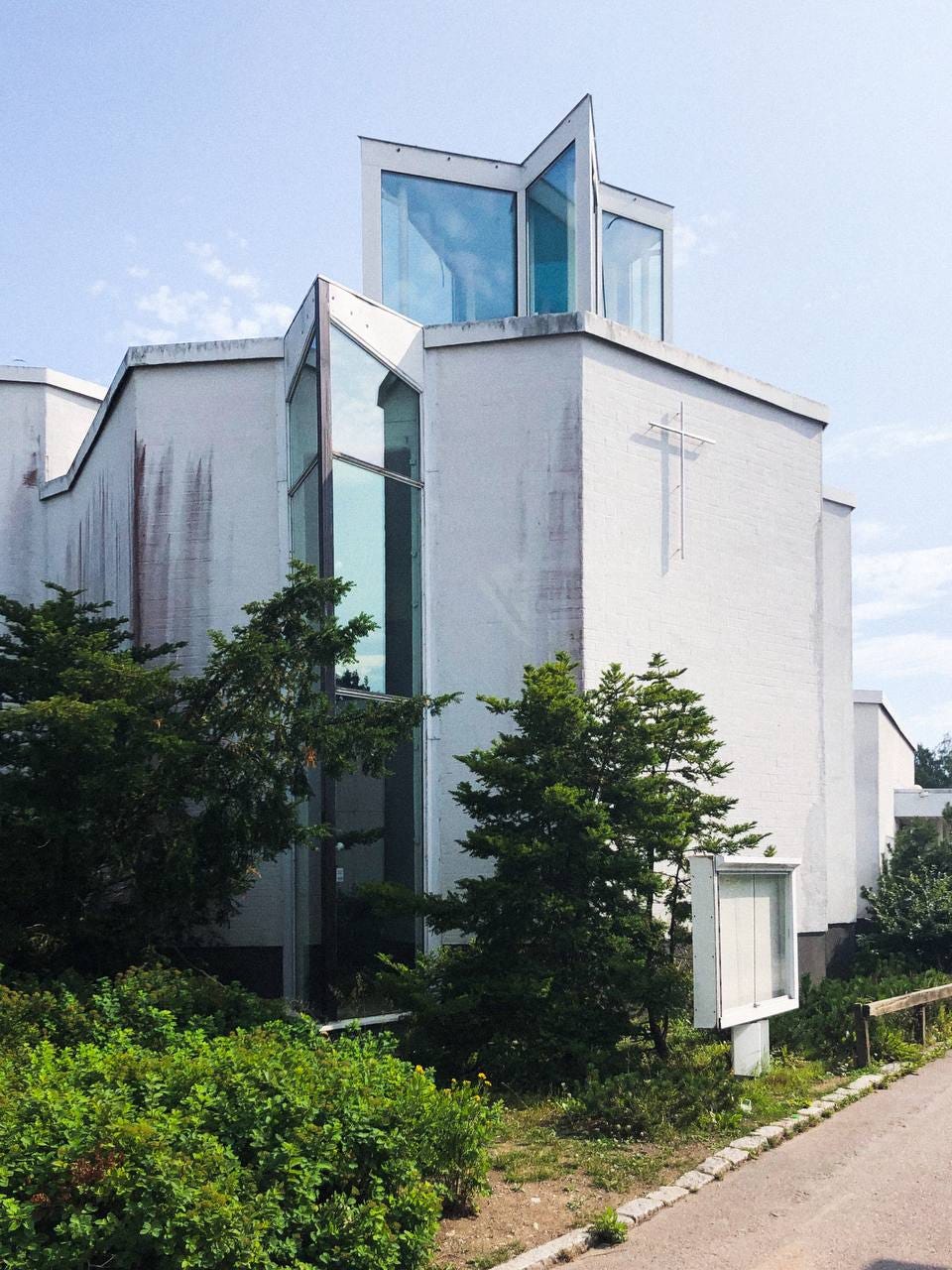"This building came into being in a newborn neighborhood. It seems that, through its enduring presence, it has tethered Meri-Rastila to the broader world, as part of a historical continuum."
It's an October evening in 2022, and people have gathered for a discussion event in the Merirasti chapel in Meri-Rastila. Anna-Maija Virta, an active member of the local resident movement Pro Meri-Rastila, has taken the stage.
"Since the zoning plans for the Western part of Meri-Rastila emerged, the situation has undergone significant changes," Anna-Maija notes. "Just last spring, we received news that the congregation is vacating the building, potentially leading to its demolition."
"The wave of demolitions undoubtedly leads to a feeling of rootlessness."
The Merirasti chapel is situated on the edge of the main square, occupying a central position within the neighborhood. In the proposed zoning plan the chapel was marked to be preserved as one of only two remaining original public buildings in the area. During the zoning process, the Helsinki City Museum had advised preserving the chapel under heritage status, but this recommendation was disregarded. Now the congregation leaving has put the chapel's fate into question.
Lea Kahra, another member of Pro Meri-Rastila, emphasizes the importance of the chapel, saying, "This space holds people's memories and social connections. The wave of demolitions undoubtedly leads to a feeling of rootlessness."
"Even though the chapel was initially built for the Evangelical Lutheran Church, its future could be multicultural and multireligious, reflecting the diverse community that surrounds it."
The Vuosaari congregation considered the chapel as the second-to-last building they would relinquish. However, the consortium of congregations in Helsinki, responsible for real estate policy and budget decisions, ultimately required the Vuosaari congregation to reduce their space usage by a quarter, leading to the decision of giving up the Merirasti chapel.
Lea is confident that the space could have a wide range of future uses. She emphasizes, "The building was originally constructed for communal purposes, and it should continue to serve that function in the future. Even though the chapel was initially built for the Evangelical Lutheran Church, its future could be multicultural and multireligious, reflecting the diverse community that surrounds it."






